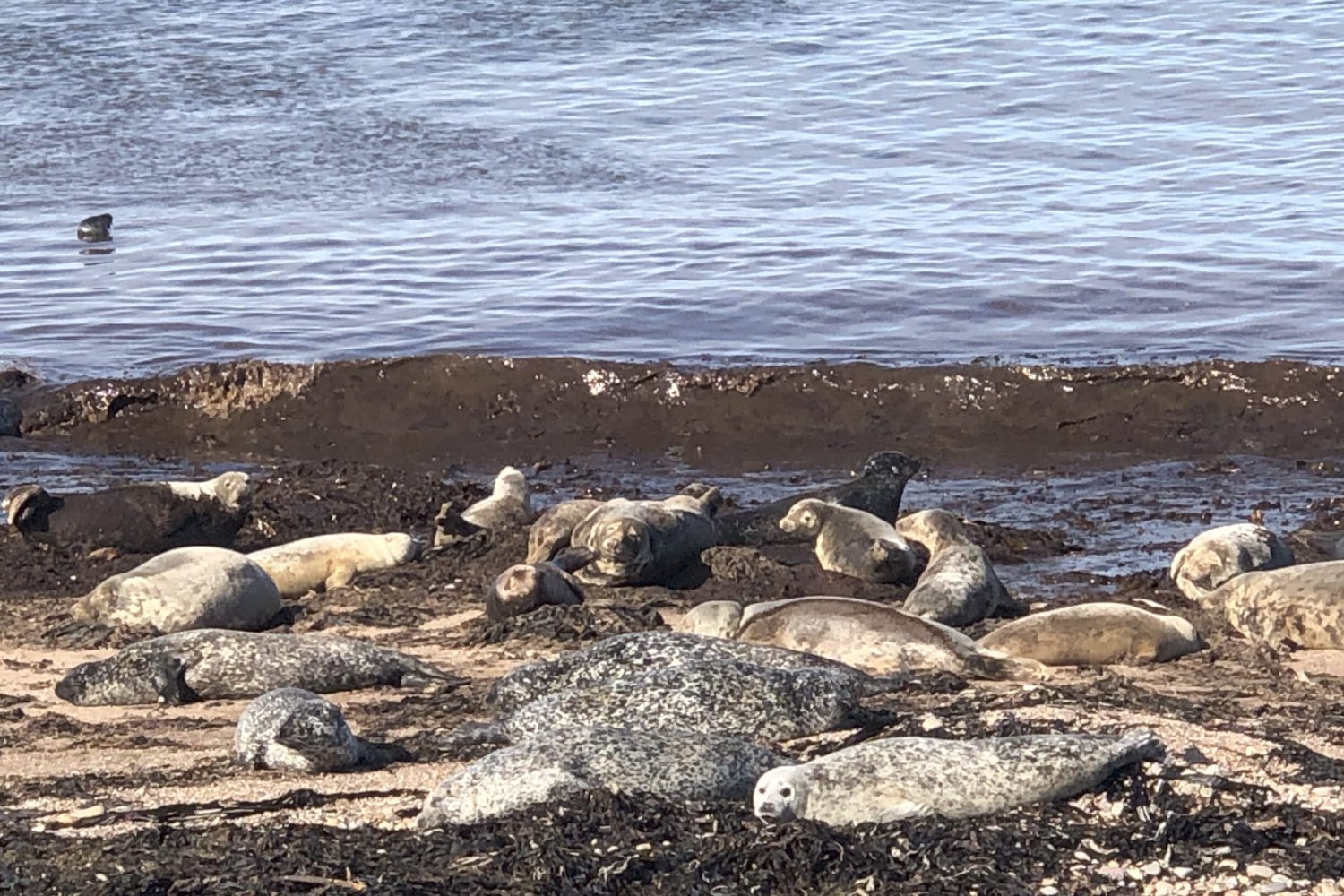NCN 1 Stage 18 Maud to Elgin
Ride overview
Looking like rocks worn by the sea on a course sandy beach are colonies of seals. They, along with the plentiful dolphins swimming near the coast, the sea birds and of course the sea itself are the highlights of this stage. There’s after all these miles northwards, of remoteness, of being somewhere in the far north. Houses are low and thick-walled, harbours protected by massive encircling walls, the quality of the light has changed, there’s chill in the air, even in summer. There are castles, grand stately homes and at the day’s end, a distillery, all worth your time, but despite their splendour, its the coast and those seals which will linger in your memory.

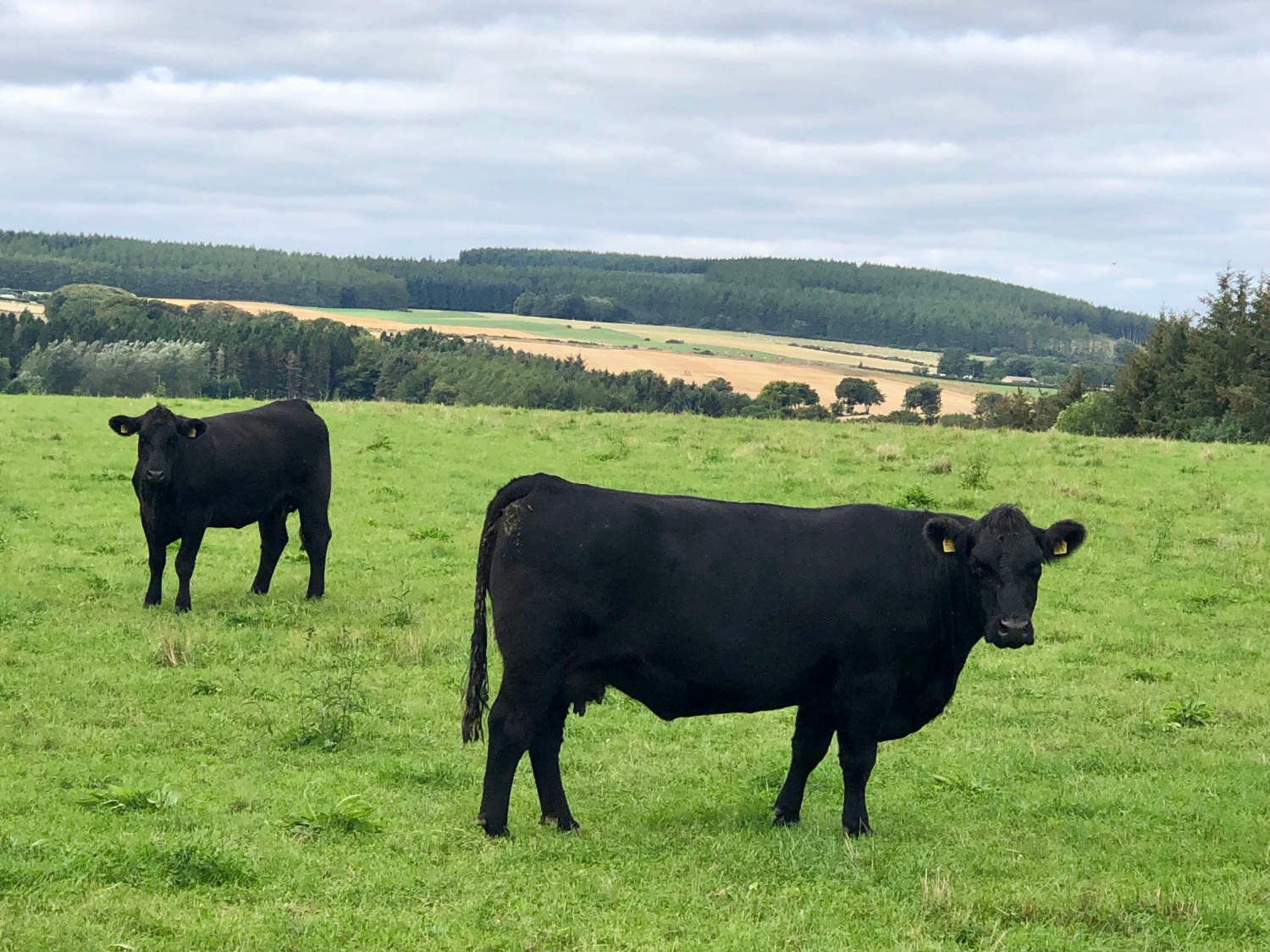
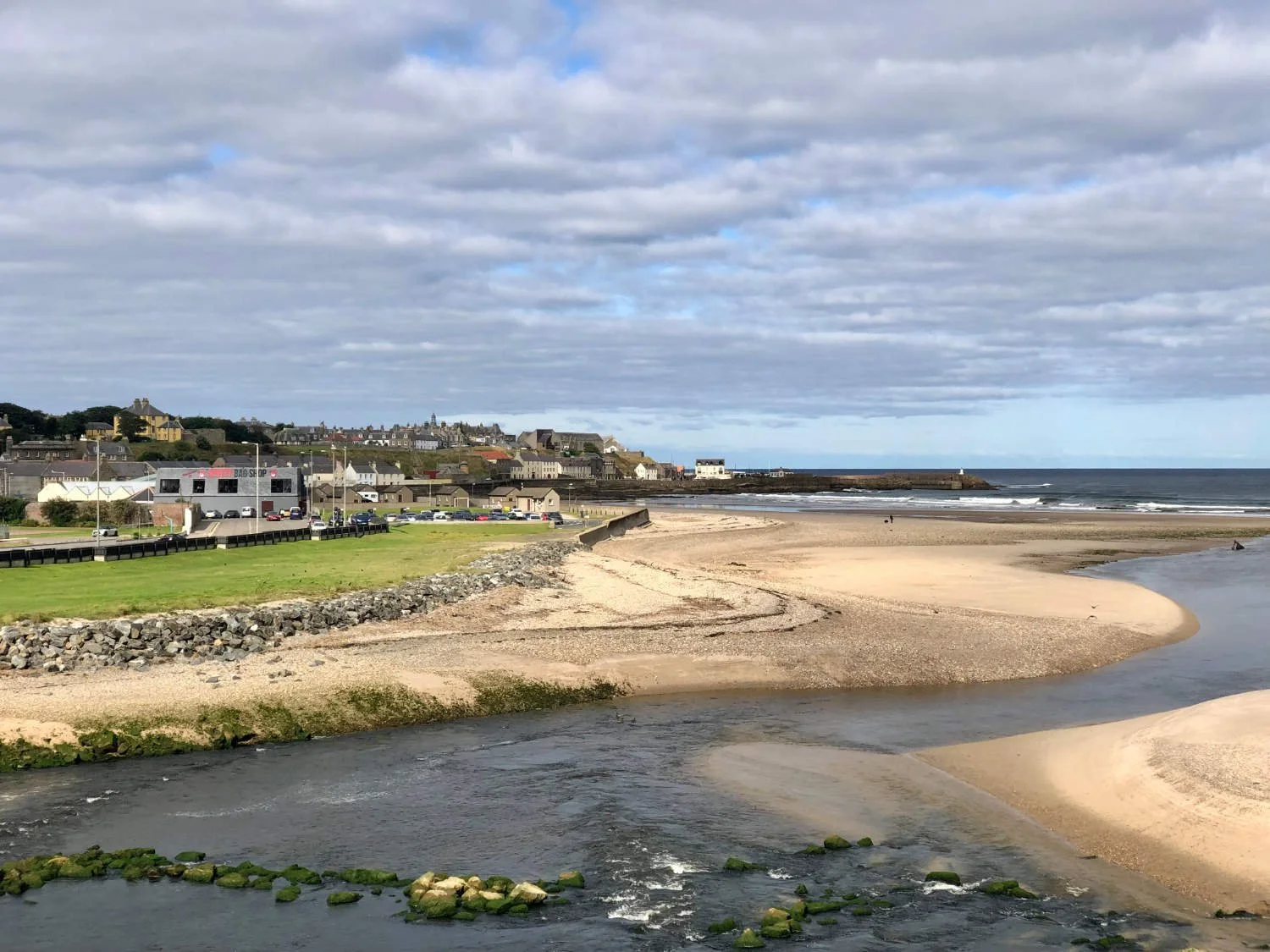


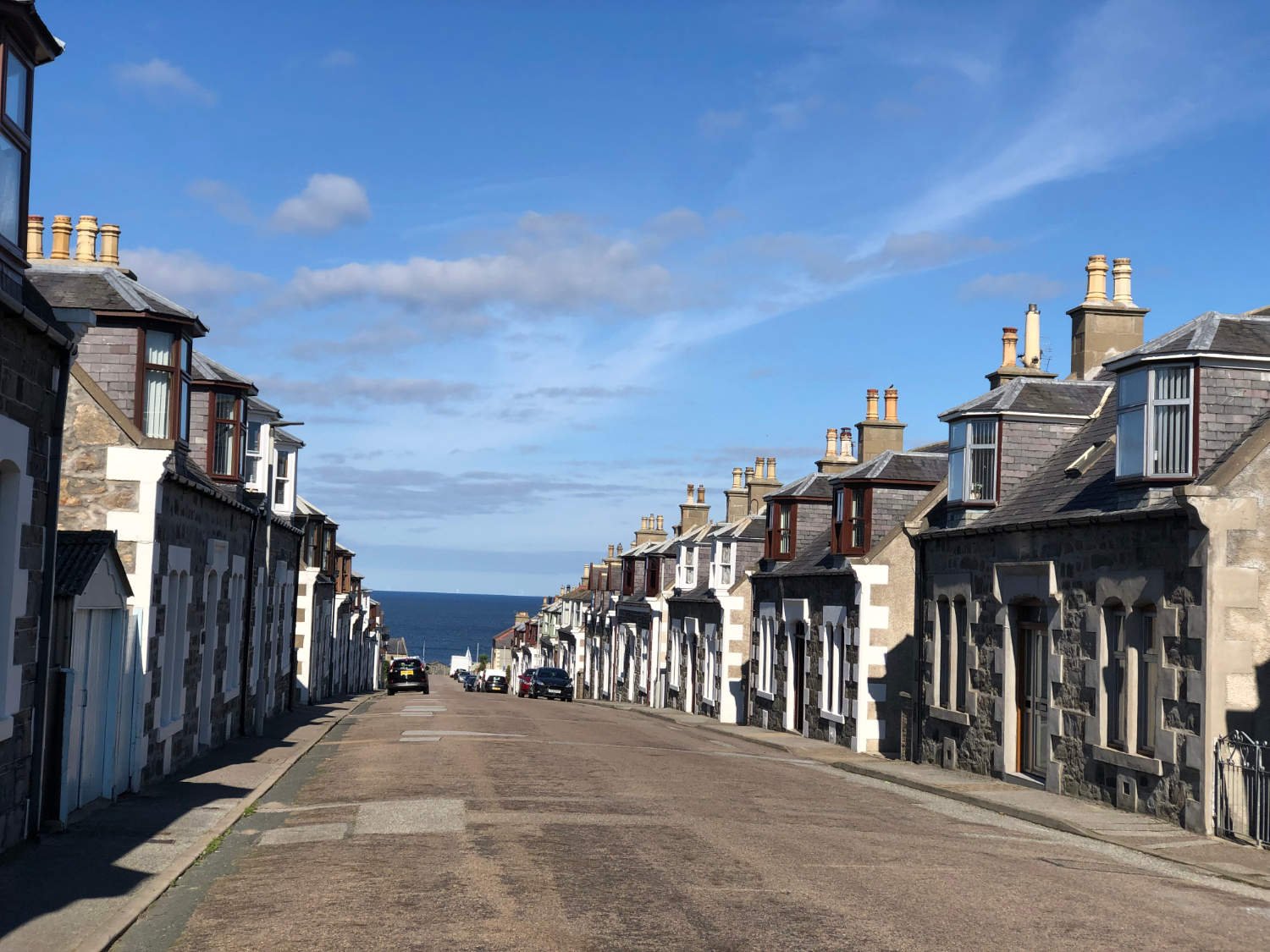

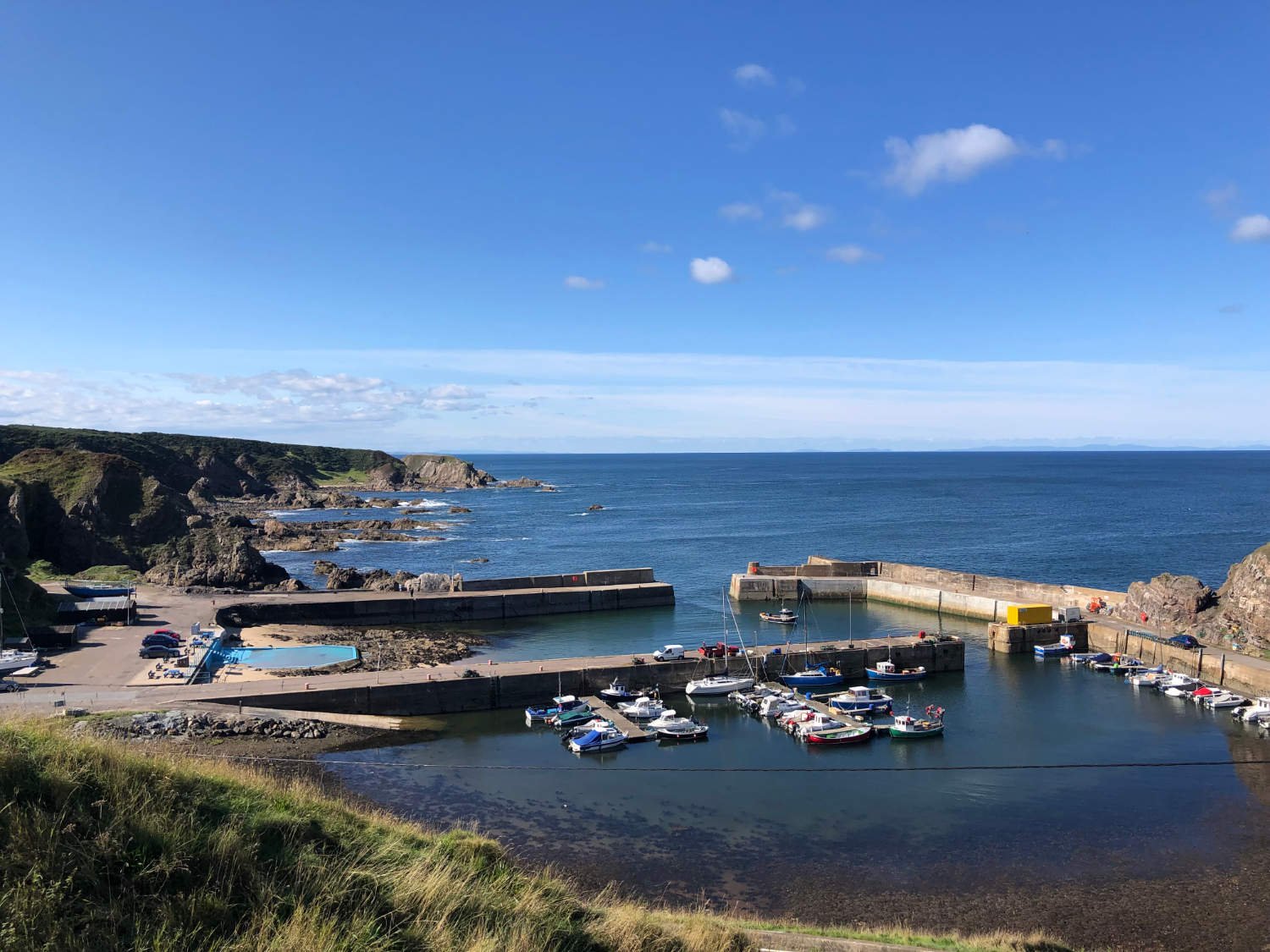


Ride practicalities
The route is well signed throughout as NCN 1
START/FINISH: Maud/Elgin DISTANCE: 104km TOTAL ASCENT:962m TERRAIN AND SURFACES: quiet country lanes, cycleways RECOMMENDED CAFÈS/PUBS/ACCOMMODATION: Opportunities for you to find your own places to eat and stay. NEARBY MAINLINE TRAIN SERVICES: Elgin PLACES TO VISIT; LINKS TO OTHER RIDES: NCN1 STAGE 17, Stage 19
Ride notes
From Maud, it’s a quiet morning of pedalling along the Deveron valley alone with your thoughts over the gentle hills, which are covered in vivid green pasture and speckled with beef cattle. You ride too, past the golden acres of barley grown for the Speyside maltings. There’s a scattering of pocket-sized villages, one small agricultural town, Turiff, and the 11th century ruins of Eden Castle. And a kilometre shy of entering Banff is Duff House, one of the largest and grandest of all stately homes in this part of Scotland.
After nearly 140km of inland riding (if you include yesterday’s trek) you arrive in Banff and return to the sea. You feel a renewed purpose with your pedalling, for despite this long ride westwards rather than northwards, you are reunited with your riding companion, the North Sea. And with the sea come seals. Great colonies basking on the seaweed strewn, toast coloured beaches. Colonies fifty or more their soft eyes staring at you plaintively. Look carefully beyond the shore and you may see dolphins; Britain’s largest group live in the waters just off the shores, as do orcas and basking sharks. There’s plenty of birdlife with kittiwakes and gannets particularly numerous.
Eden Castle
Seals are often referred to as ‘selkies’ in Northern Scotland. Selkies are mythological creatures who can shapeshift between human and seals by removing or changing their skin. Selkies can be friendly and helpful, even to the extent of having a relationship, both romantic as well as sexual. Conversely, they can also be dangerous and vengeful, so be careful how you treat them! On a more prosaic note, avoid the temptation of getting too close. Twenty metres is the absolute minimum distance that should be maintained between you and the seals.
The route continues along the coast until Portshoy, when the coast road is once again bagged by the fearsome A98. Cyclists who wish to live, have to go in land following quiet lanes to Cullen. Once back on the coast at Cullen, you follow huge bays of sand and seals. You ride under cliffs, the houses are low-set, bungalow styled, firm against the ever-present wind. After the long inland built up, you might finally feel that you are ‘in the far north. It’s wilder up here, the air is chillier, the light softer. The only people on the expansive sands are well wrapped up, golfers strike their balls into the wind. The small towns are a picturesque blend of thick-walled cottages, complete with a harbour ‘s long protective arms, shallow cliffs and bakeries selling local pies and delicious things to keep you going.
A bicycle repair stand, provided by Moray Council
Connecting Finechty, another pretty village with Portknockie is The Findochty and Portknockie path, an old railway track but rather than embankments blocking the view, you have the wide vistas of restless sea to enjoy. At various intervals there are stands with allen keys, screwdrivers and bike pumps. All free to use, there by thanks of the local council. Oh England! This is what cycling provision should look like!
Pebble towers, Banff
You ride through Portessie and onto Buckie, each with their beaches, harbours, sand and sea. On the shingle patches, people build towers of pebbles, seemingly defying the wind and waves. They are quiet extraordinary feats of balance. At Buckie, there’s an installation of old bikes on the pebble shore, slowly being eroded by the briny waters. Pieces of kelp and other seaweeds hang like washing from the handlebars.
Bridge across the Spey
After crossing the Spey, you ride inland again on quiet roads towards the town of ‘The Lantern of the North’, the huge and fragile ruins of Elgin’s cathedral. Founded in 1224, it was sacked by ‘the Wolf of Badenoch’, (during a particularly vicious period of Scots turning on Scots), rebuilt and loved until the 16th century Reformation since when it has been in gradual decline. Elgin also has seen more prosperous days and its once elegant streets have an air of neglect. The City council tried to infuse some energy into the town by applying to become a city as part of the Queen’s Platinum Jubilee Scheme, but the attempt failed. Think of the night’s halt as a staging post, on your way North, where there are inns and other comfortable places where you can stay, rest and eat. If whisky’s your thing, there’s the Glen Moray distillery just outside of town. Tours and tastings are on offer. Otherwise, rest up, for tomorrow there’s a battle to be fought and after all this westward cycling, you’ll once again be heading north.
Every route on this website has been carefully researched as well as ridden. However situations on the ground can change quickly. If you know of changes to this route, or cafes, pubs and the like which you think other cyclists need to know about, feel free to share your thoughts below.
If you enjoyed this guide, why not subscribe to the website so as not to miss other inspirational routes?
wheremywheelsgo.uk is a Feedspot UK Cycling top website
